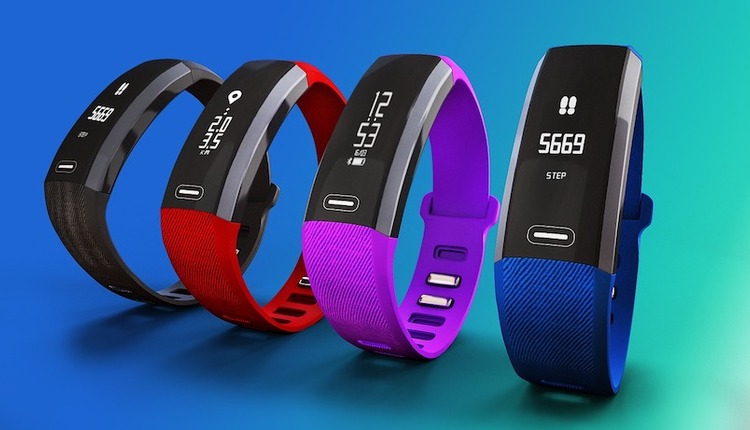
Personal trainers need to be lifelong learners, i.e., once you have “completed” the requirements for your education and certification, you are not done learning. You need to keep current on important topics in personal training, which may include: certification, fitness trends, special populations, and becoming a personal training educator. To be a personal training educator, there are surprisingly few requirements. The requirements MAY include: a certain level of education and certification, experience with presenting to personal trainers, and/or being a popular social media personality. None of these “requirements” guarantees that the presenter can engage an audience, motivate and inspire them to greatness, and/or provide the most relevant, evidence-based, or practically significant information.
Personal training professionals should consider giving back to the personal training community through articles, presentations and seminars that address what personal trainers need to know, not necessarily what the presenter feels comfortable with (best case scenario: they go hand-in-hand). Too often there is no established criteria for what the industry needs. How do we know that personal trainers need more information on functional movement, special populations, or the business aspects of personal training? We need to ask personal trainers, clients, and facility operators whether there are gaps in content knowledge, reliable expectations of personal training clients, or reasonable expectations of referring professionals, such as physicians, physical therapists, and even other personal trainers. This would give us a needs analysis of personal trainers, their clients, and those who refer to them, identifying the information that is needed to propel our industry to the highest level.
As an example of how a needs analysis can help, a survey of primary care doctors revealed that since most physicians do not receive adequate training in fitness and exercise in medical school, they are not comfortable sharing fitness-related information with their patients. This is a huge opportunity to gain the trust of area physicians by sharing a one-pager or infographic they can use to help patients better understand their fitness needs, and, of course, who is available to help get them started on that path.
Without completely understanding what is needed in our field, how do we know we are providing the necessary topics for personal trainers? This sample needs analysis can lead the discussion:
· Gaps in knowledge that helps personal trainers train their clients safely and effectively:
o Anatomy and physiology
o Biomechanics
o Nutrition and bioenergetics
o Exercise technique
· Obtaining and retaining clients:
o Professionalism (continuing education, client support, appearance and attitude, etc.)
o Goal setting, motivation, and cueing
o Program design that addresses clients’ needs
In a time when it seems that blogs, vlogs, webinars, and other technologically-driven means of continuing education are all the rage, nothing beats the interaction of a good, “boots on the ground” discussion of personal training. How can you personalize your delivery to maximally engage participants? Meeting personal trainers where they are in your delivery is akin to meeting your clients where they are in the gym. Those “raise your hand if you’ve ever____” questions in the beginning of presentations are purposeful—they help presenters gauge the audience to find out interests, experiences, and level of involvement in the topic. Pre-presentation surveys on the topic would be a personal touch. Focus groups to kick off the conversation are often used. In other words, engaging the audience in the presentation to learn how best to meet their needs is a great way to find out how to make today’s presentation valuable but it also gives you a tool to reach out to attendees for future topics or how to address ideas brought up during the presentation for a follow-up presentation. It all boils down to establishing positive personal relationships with other professionals, fitness center owners, and potential referral networks to gain an understanding of how you can best fill the knowledge gap.





















